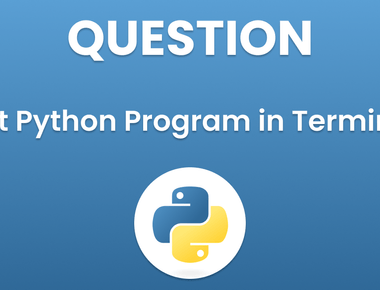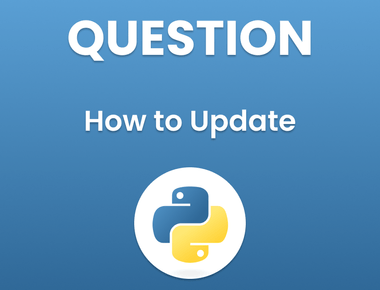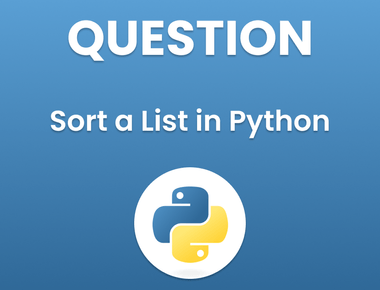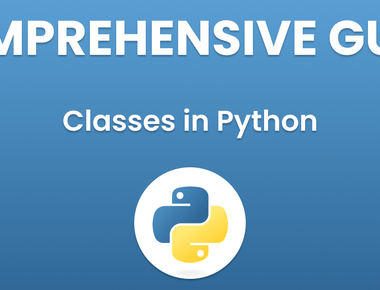Table Of Contents

As a computer programmer, opening files is a task that is frequently performed. In Python, there are multiple approaches to opening files depending on the intended use of the file. In this document, we will present a thorough manual on how to open a file in Python and explore the various modes and techniques for accessing files.
Different File Modes in Python
Before delving into the file opening approaches, it is crucial to understand the various file modes that Python provides. These modes decide how the file is opened and the activities that can be carried out on the file. The following are the distinct file modes in Python:
- ‘r’: This mode opens a file for reading purposes. The file’s pointer is placed at the start of the file.
- ‘w’: This mode opens a file for writing. If the file already exists, it is reduced to zero length. If the file does not exist, a new file is created.
- ‘a’: This mode opens a file for appending. The file’s pointer is positioned at the end of the file. If the file does not exist, a new file is created.
- ‘x’: This mode creates a new file and opens it for writing.
- ‘b’: This mode is utilized to open a binary file.
- ‘t’: This mode is utilized to open a text file.
Approaches for Opening a File in Python
Now that the different file modes are comprehended, let’s investigate the various methods for opening files in Python.
Approach 1: Employing the Open() Function
The open() function is the most widely used technique for launching a file in Python. It takes two arguments: the name of the file you want to launch and the mode in which you wish to open the file. Here’s an example of opening a text file for reading:
file = open('example.txt', 'r')
When you initiate the file, you have the ability to perform a range of functions on it, such as reading, writing, or appending data to it.
Approach 2: Implementation of the “With” Clause
One other method of initializing a file in Python is through the use of the “with” clause. This approach is highly recommended as it automatically shuts down the file once you’ve finished working with it, reducing the risk of data leakage. Here is a demonstration of how to initiate a text file for reading using the “with” clause:
with open('example.txt', 'r') as file:data = file.read()
In this instance, the file is automatically closed as soon as the “with” clause finishes executing.
Approach 3: Use of the OS Module
In Python, the OS module provides a method of initializing a file using the operating system’s default application. This approach is useful if you wish to launch a file with an application that is not native to Python. Below is an illustration of how to open a PDF file utilizing the OS module:
import osos.startfile('example.pdf')
In this example, the PDF file is launched using the default PDF reader on the operating system.
Conclusion
To sum up, initializing a file in Python is an essential task that any programmer must be proficient in. Familiarity with the various file modes and methods of opening files is necessary to perform various operations on files. Whether you’re opening a file for reading, writing, or appending data, the techniques we discussed in this article will assist you in completing your task. Don’t forget to close your files once you’re finished with them to prevent data leaks.
Subscribe to our newsletter!
Quick Links
Legal Stuff
Social Media







